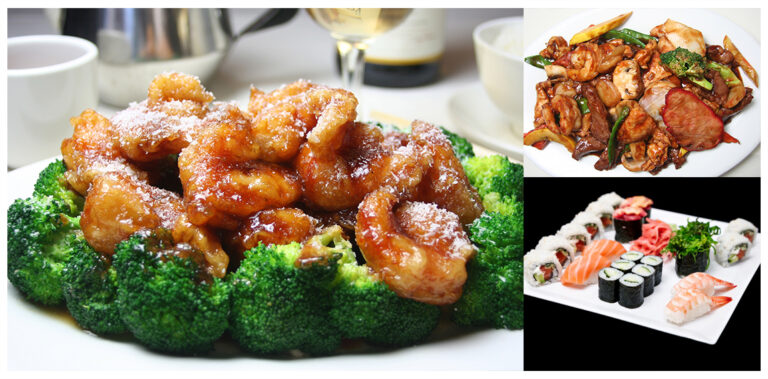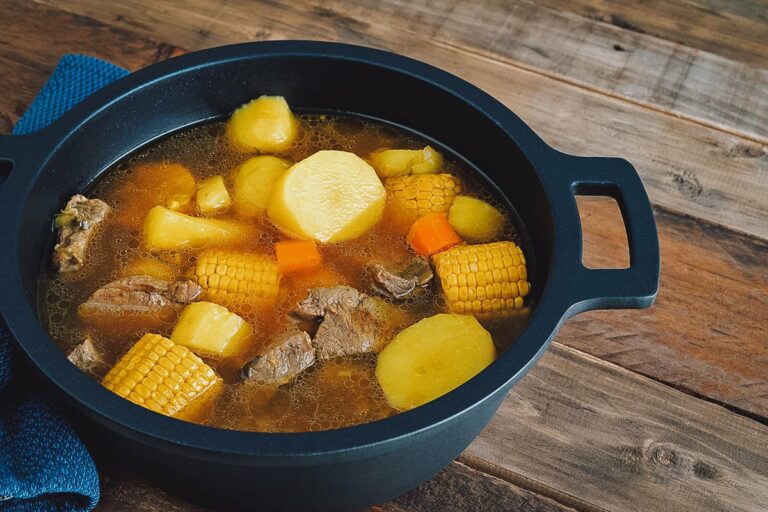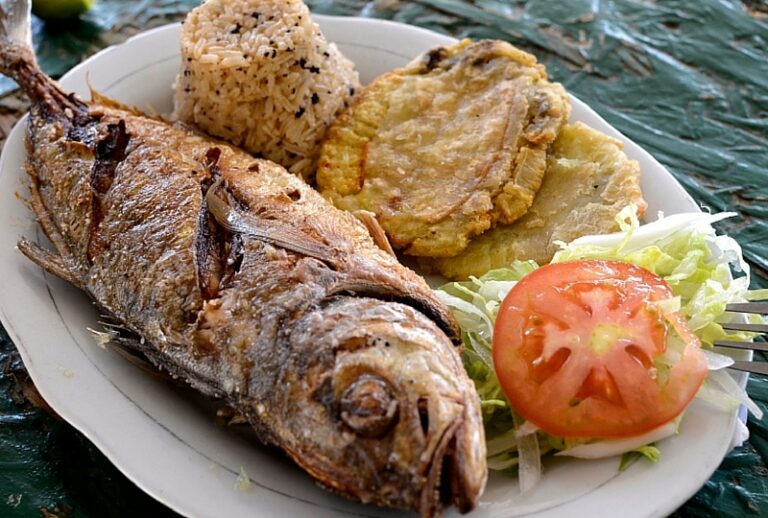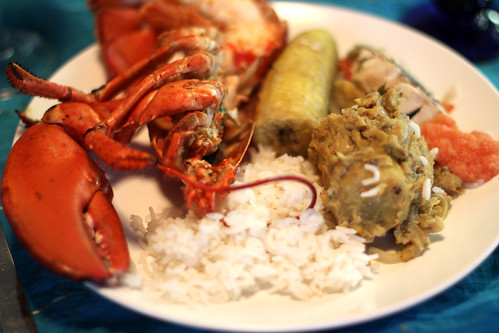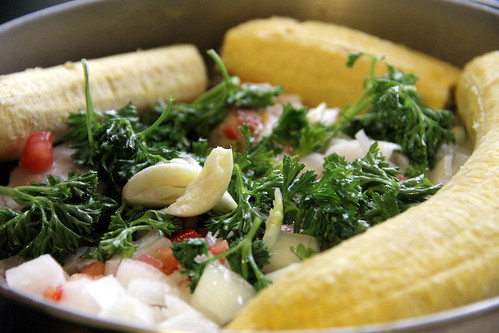Introduction: What is street food in China?
Street food is an essential part of Chinese cuisine and has been a staple for centuries. It is found throughout the country, in small alleyways, bustling markets, and on busy streets. Unlike fancy restaurants, street food in China is cheap, quick, and delicious. It’s a great way to experience the local culture and try different flavors and textures.
From sweet to savory, spicy to mild, Chinese street food has something for everyone. Despite the language barriers, the vendors are welcoming and happy to share their food with locals and tourists alike. In this article, we will explore some of the most popular street foods in China.
Baozi: Steamed buns with fillings
Baozi is a Chinese steamed bun filled with different types of meat, vegetables, or sweet bean paste. These small buns are soft and fluffy on the outside and packed with flavors on the inside. They are a popular breakfast item in China and can be found on almost every street corner. Some of the most popular fillings for baozi include pork, beef, chicken, and vegetables. They are usually sold in steaming baskets and can be enjoyed on the go or with a side of soy sauce.
Jianbing: Savory Chinese crepes
Jianbing is a popular Chinese breakfast food that resembles a savory crepe. It is made from a batter of wheat and mung bean flour and filled with eggs, scallions, cilantro, hoisin sauce, and crispy wontons. It is cooked on a griddle and then folded into a thin sandwich-like shape. The jianbing vendors often set up on the street corner and make the crepes fresh to order. They are a cheap and satisfying breakfast option and can be found in most cities in China.
Roujiamo: Chinese-style hamburger
Roujiamo is a Chinese-style hamburger that originated in Shaanxi province. It is made from a flatbread that is stuffed with shredded pork or beef, scallions, and spices. The bread is then grilled until crispy and the meat is tender and flavorful. Roujiamo is often served with a spicy dipping sauce and is a popular street food in China. It’s a great option for a quick lunch or a snack on the go.
Cong You Bing: Scallion pancakes
Cong You Bing is a savory pancake made from wheat flour, scallions, and sesame oil. It’s a popular street food in northern China and is often served for breakfast or as a side dish. The pancakes are crispy on the outside and soft on the inside. They can be eaten plain or with a spicy dipping sauce. Cong You Bing is a simple yet delicious street food that is loved by locals and visitors alike.
Tanghulu: Candied fruits on a stick
Tanghulu is a popular street food in China that consists of candied fruits on a stick. The fruits are usually strawberries, grapes, or hawthorns, coated in a hard, sugary shell. They are a sweet and refreshing snack that can be found on street corners and in markets. Tanghulu is a popular treat for children and is often eaten during festivals or special occasions.
Shengjian Bao: Pan-fried pork buns
Shengjian Bao is a pan-fried pork bun that originated in Shanghai. It is similar to baozi but is smaller and has a crispy bottom. The filling is made of pork, scallions, and ginger. The buns are cooked in a hot pan and then steamed until the filling is cooked through. They are served piping hot and are often eaten as a breakfast or brunch item.
Xiaolongbao: Soup-filled dumplings
Xiaolongbao is a type of soup-filled dumpling that is popular in Shanghai and other parts of China. The dumplings are filled with pork, shrimp, or crab meat and are served in a bamboo steamer. The soup is created by adding gelatin to the filling, which turns into liquid when cooked. Xiaolongbao is a delicate and flavorful snack that is often eaten as a starter or as part of a dim sum meal.
In conclusion, Chinese street food is a vibrant and essential part of the country’s culture and cuisine. From steamed buns to candied fruits, there is something for every taste. The next time you visit China, make sure to try some of these delicious street foods and experience the local flavors and traditions.

